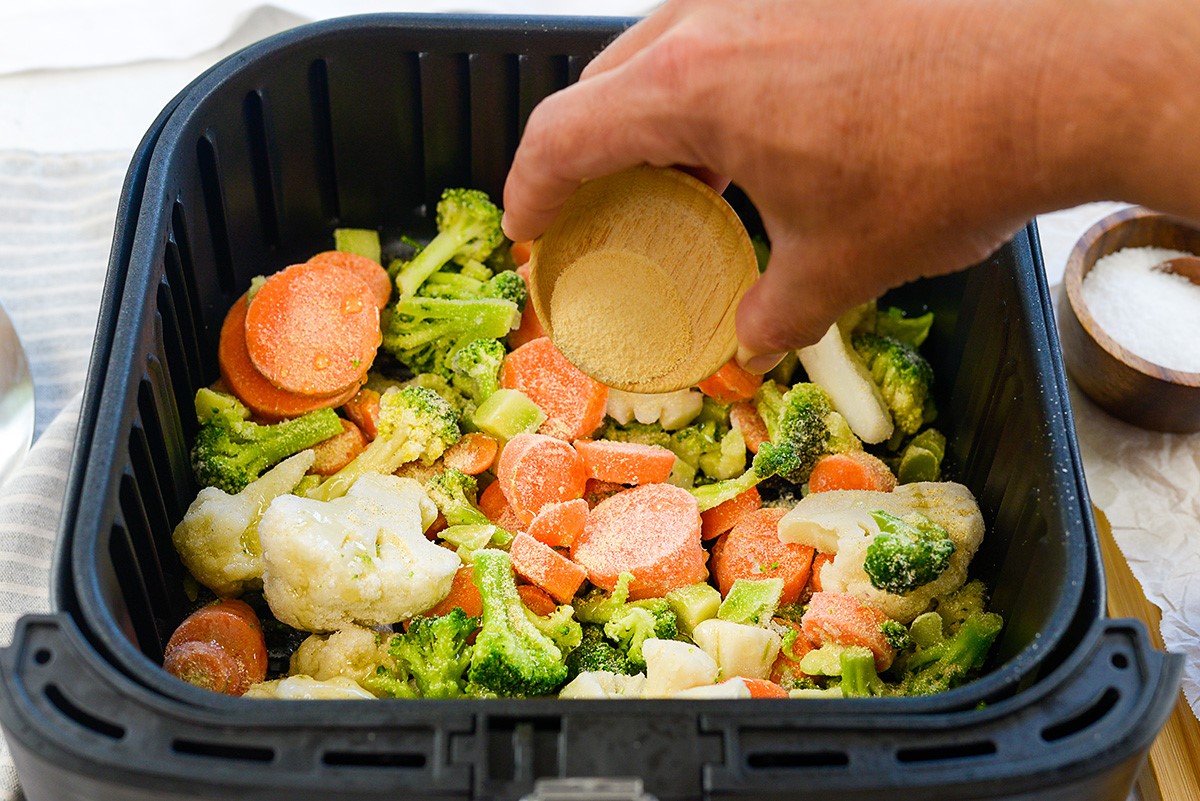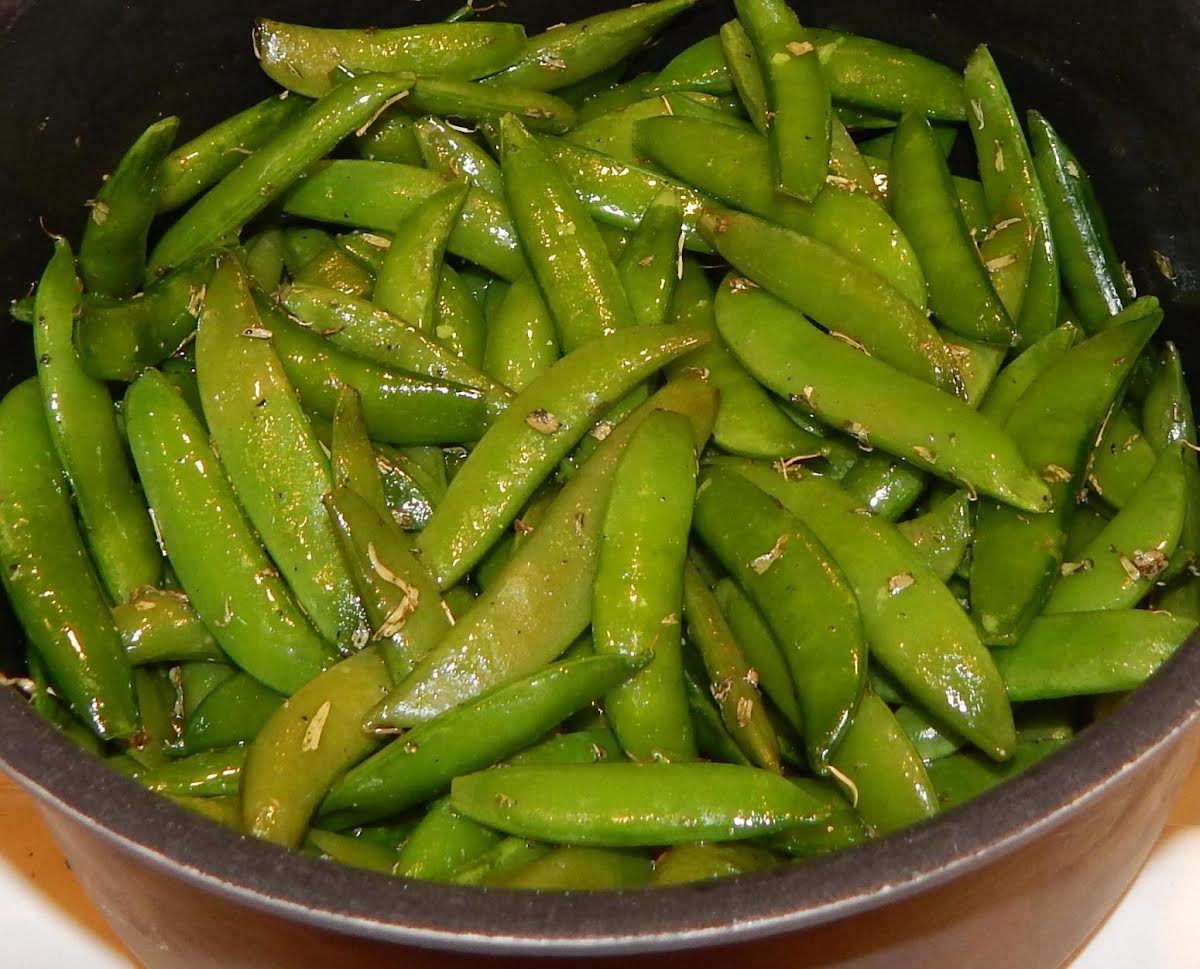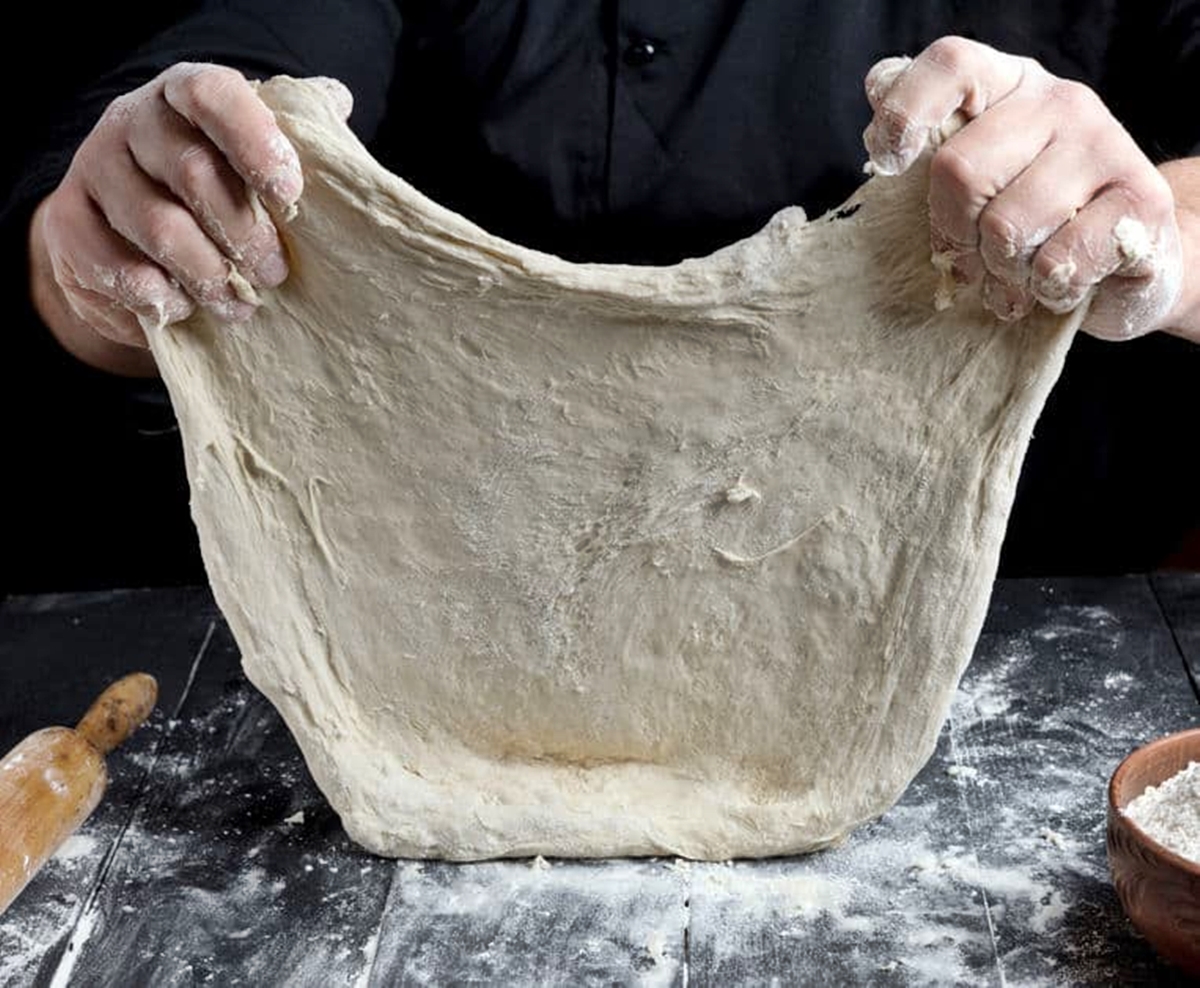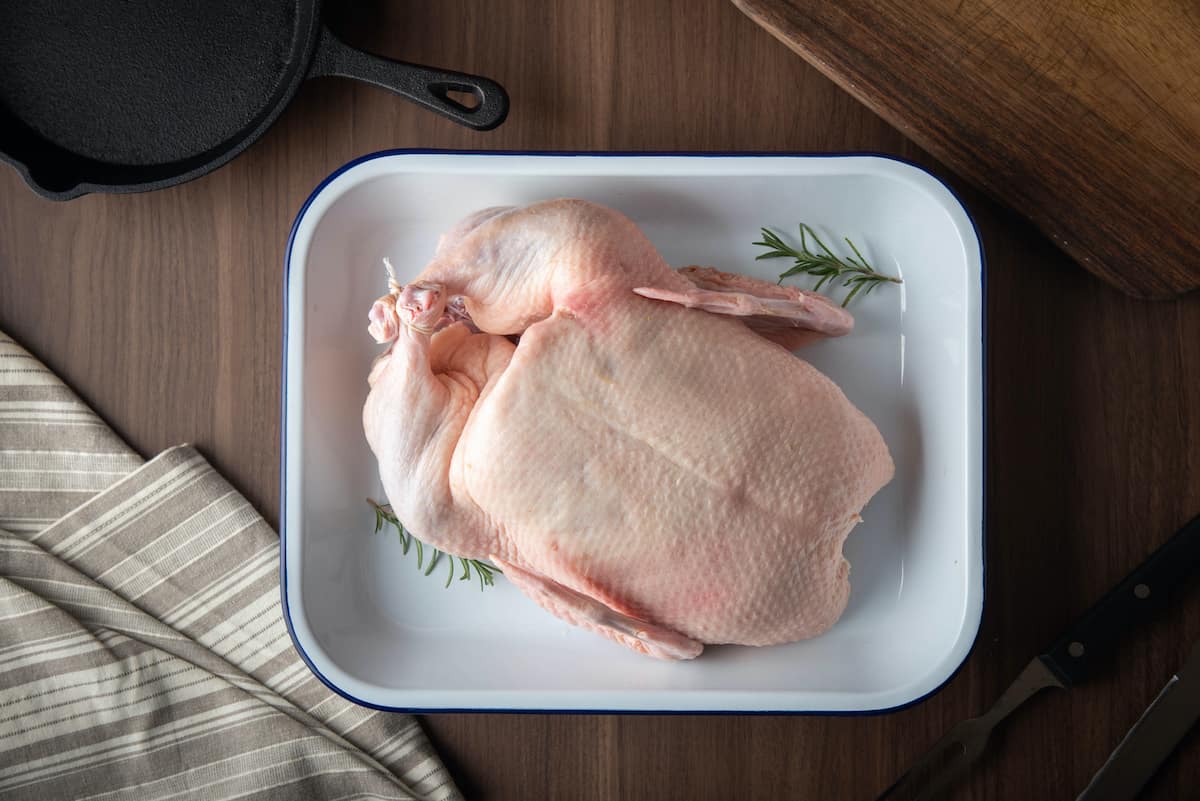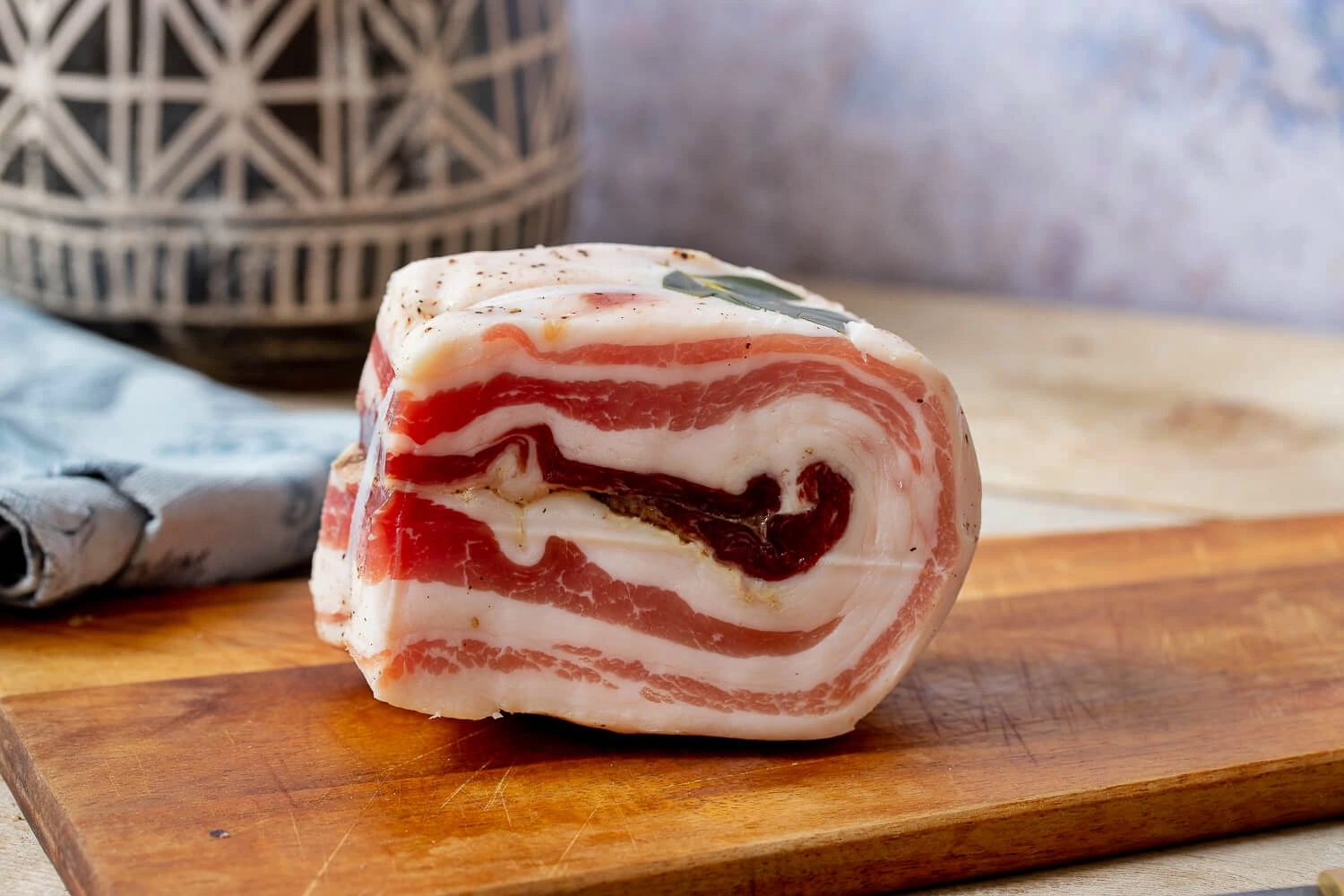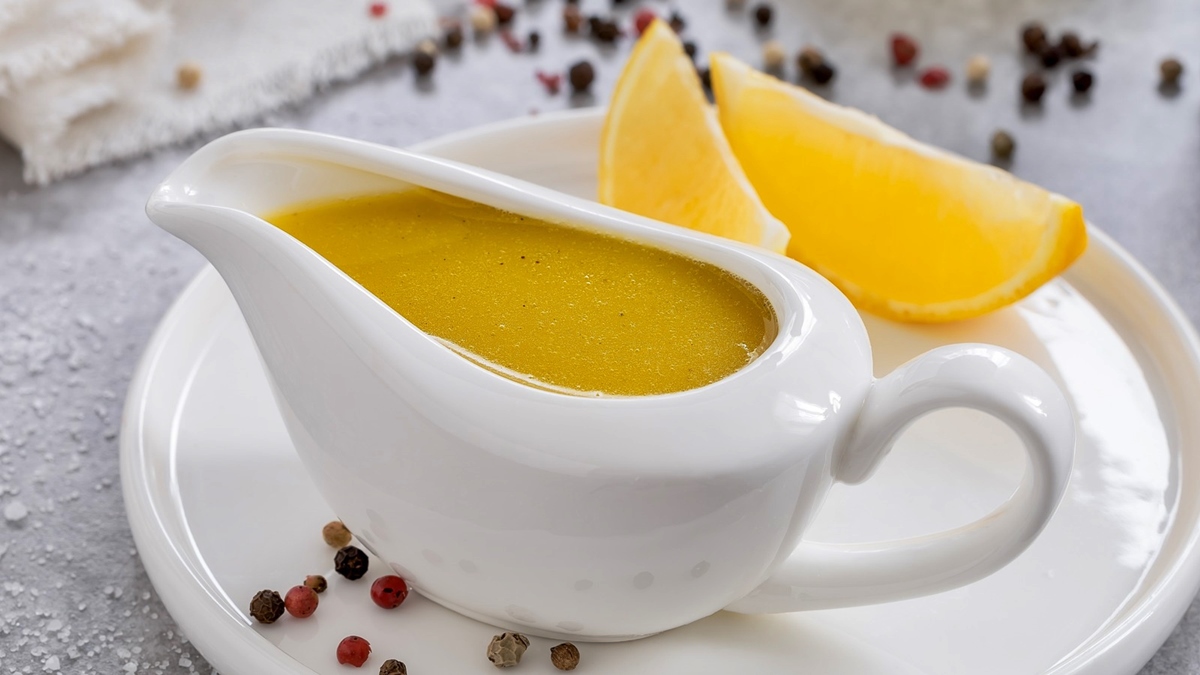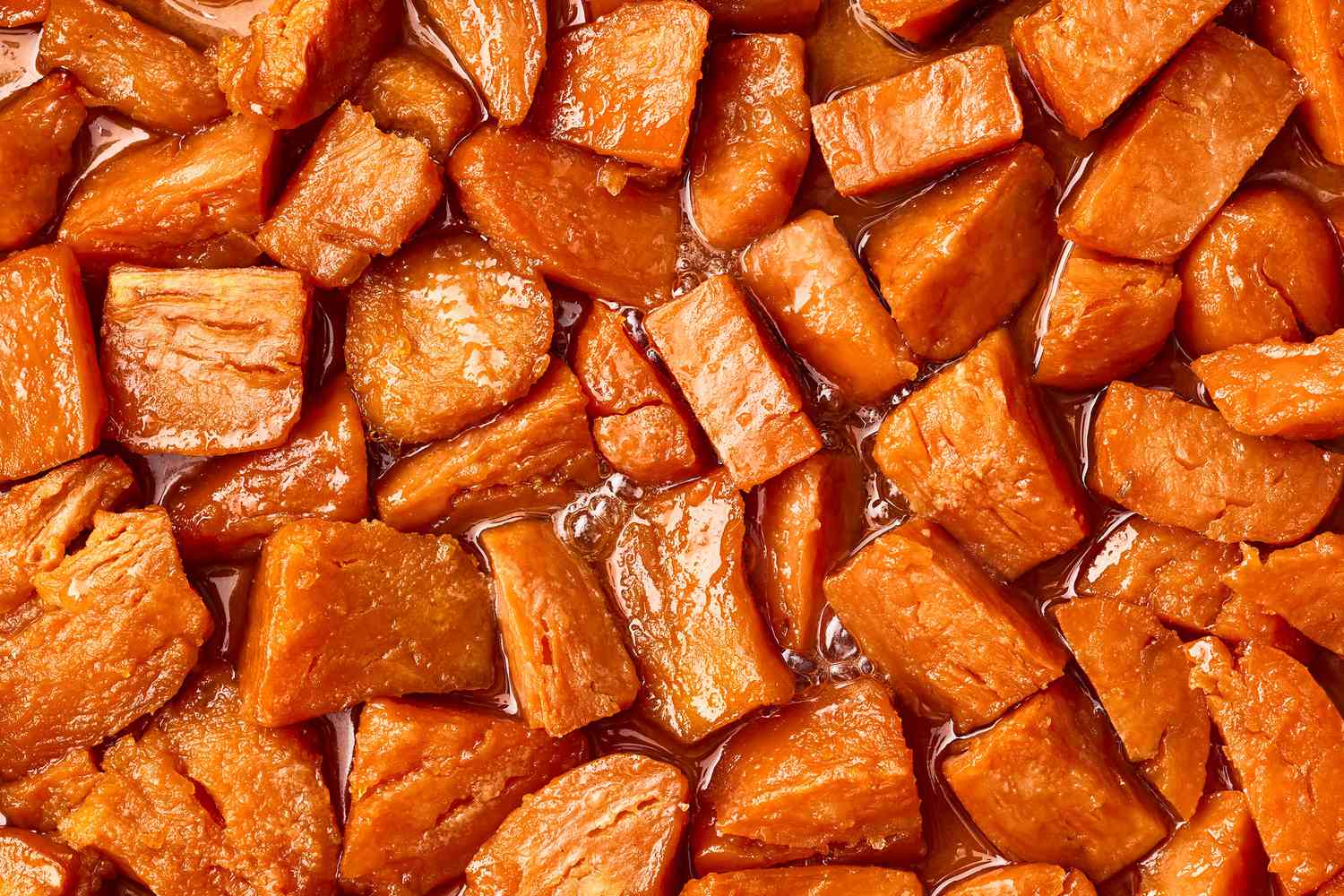Coffee Skills: How to Steam Milk at Home
Steaming milk is an essential skill for any coffee lover who wants to take their home brewing skills to the next level. Whether you prefer a creamy latte or a frothy cappuccino, mastering the art of steaming milk can elevate your coffee experience to new heights. In this guide, we’ll walk you through the steps to steam milk like a pro, right in the comfort of your own home.
Gather Your Supplies
Before diving into the process of steaming milk, it’s important to gather the necessary supplies. Here’s what you’ll need:
- A high-quality espresso machine or a milk frother. These tools will provide the necessary steam to heat and froth your milk.
- Fresh cold milk. Whole milk tends to produce the best results, but feel free to experiment with different milk alternatives like almond or oat milk for a dairy-free option.
- A stainless steel milk pitcher. The shape and size of the pitcher can influence the outcome of your milk steaming, so choose one that feels comfortable in your hand and has a spout for easy pouring.
- A thermometer (optional). While not necessary, using a thermometer can help you achieve the perfect milk temperature consistently.
Step-by-Step Guide to Steaming Milk
Now that you’re equipped with the necessary supplies, let’s get started on steaming your milk:
- Begin by filling your milk pitcher with the desired amount of cold milk. As a general rule, fill it no more than one-third to half full, as the milk will expand as it steams.
- Insert the steam wand of your espresso machine or milk frother into the milk pitcher, just below the surface of the milk.
- Turn on the steam wand and let it run for a few seconds to purge any residual water from the wand.
- Position the steam wand at a slight angle near the side of the pitcher, creating a whirlpool motion in the milk. This will help achieve a velvety texture.
- Gradually lower the pitcher as the milk expands and continue to steam until the milk reaches your desired temperature. Generally, a temperature between 140°F to 160°F (60°C to 70°C) is ideal for most coffee beverages.
- Once your milk has reached the desired temperature, turn off the steam wand and remove it from the pitcher.
- Gently tap the milk pitcher on the counter to eliminate any large bubbles, and give it a swirl to incorporate the froth into the milk.
- Your perfectly steamed milk is now ready to be poured into your espresso shot or added to your favorite coffee drink. Enjoy!
Tips for Steaming Milk
Here are a few additional tips to help you achieve barista-level milk steaming at home:
- Always use fresh, cold milk for the best results.
- Avoid overheating the milk, as it can ruin the taste and texture. Keep a close eye on the temperature to prevent scorching.
- Practice makes perfect! Don’t get discouraged if your first attempts at steaming milk don’t turn out perfect. It takes practice to master the technique.
- Experiment with different milk types and brands to find your personal favorite for steaming.
- Clean your milk pitcher and steam wand after each use to prevent any buildup or contamination.
With these tips and step-by-step instructions, you’ll soon become a pro at steaming milk like a barista. So go ahead, grab your favorite coffee beans and start creating delicious, café-quality drinks from the comfort of your own kitchen. Happy brewing!
Was this page helpful?
Read Next: How To Steam Without A Steamer Basket

